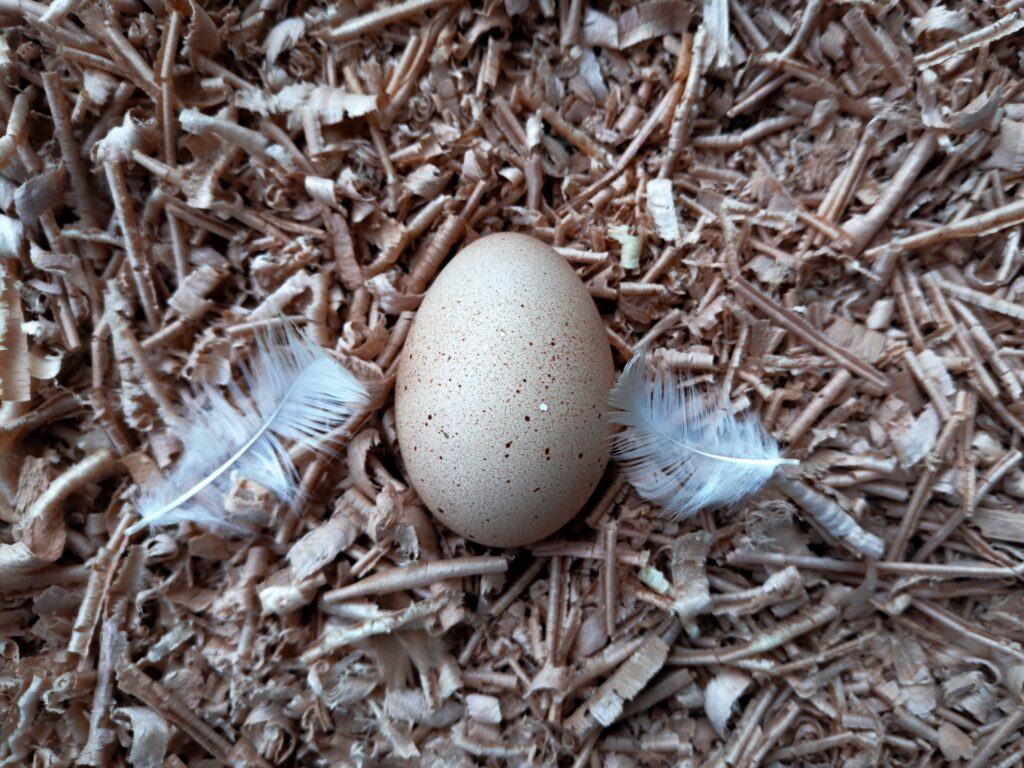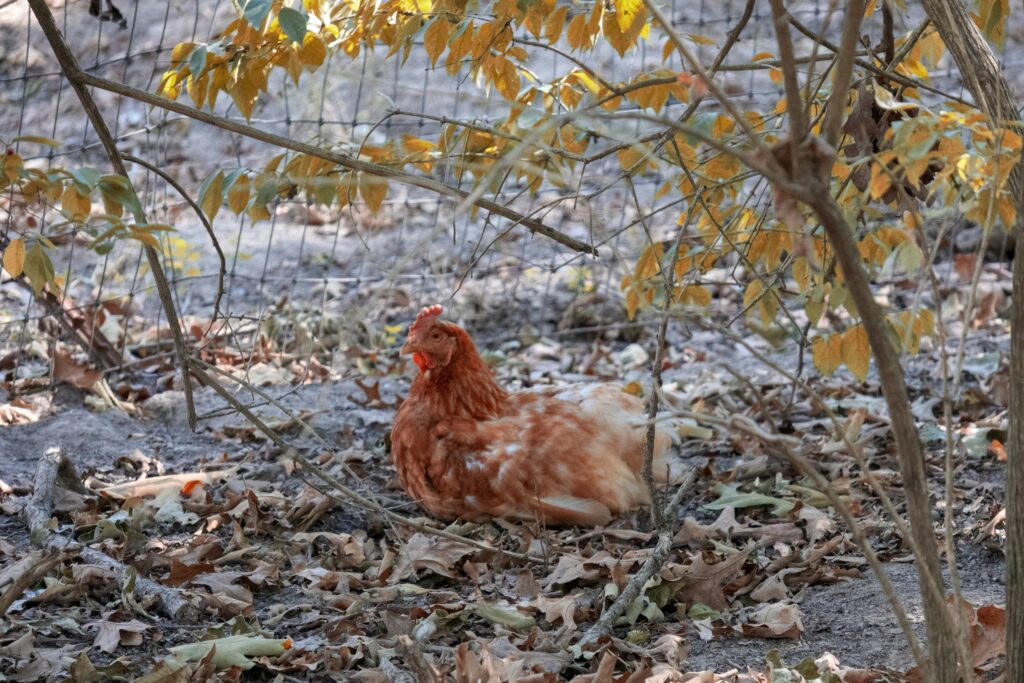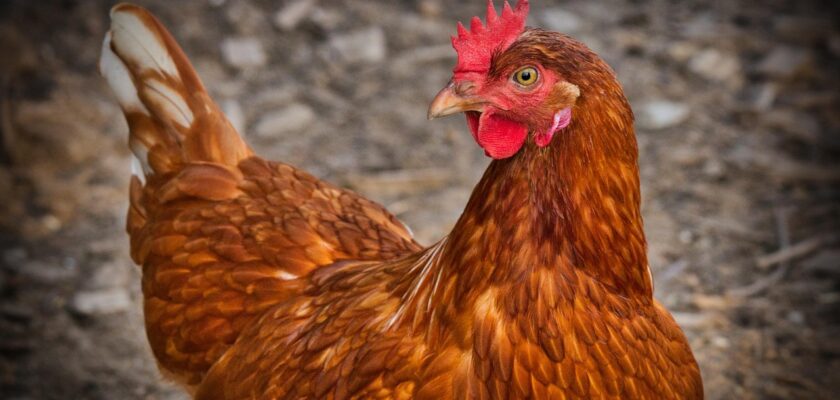Introduction: Why Egg Production Depends on Hen Welfare
Raising chickens for eggs can be incredibly rewarding, but it’s not as simple as tossing feed into a coop and waiting. To ensure your hens lay eggs regularly and healthily, you must understand their core needs. Chickens, like all animals, require specific conditions to thrive—especially when it comes to egg production. From balanced nutrition to appropriate daylight hours, each factor plays a vital role.

1. Adequate Nutrition: Fueling Egg Production
A hen’s diet directly impacts her ability to lay high-quality eggs consistently. Without the right nutrients, egg production can slow or stop altogether.
Importance of Protein, Calcium, and Grit
- Protein is crucial for developing the egg yolk and white. Aim for feed with at least 16% protein.
- Calcium strengthens eggshells. Supplement with oyster shells or crushed eggshells.
- Grit aids digestion. Since chickens don’t have teeth, grit helps grind food in their gizzard.
Feeding Schedule for Optimal Results
- Daily Feeding: Offer layer feed twice a day or allow free access.
- Treats: Limit treats like corn or mealworms to 10% of their diet.
- Supplements: Consider adding vitamins and minerals during molting or winter months.
2. Clean, Safe Nesting Boxes
Comfortable, private nesting boxes encourage hens to lay where you want them to—clean and contained.
Nesting Material Options
- Straw, pine shavings, or shredded paper work well.
- Avoid anything moldy or damp.
Nesting Box Dimensions & Placement
- Standard size: 12” x 12” x 12”
- Place boxes off the ground in low-traffic areas for privacy.
- Provide 1 nesting box per 3–4 hens.

Photo by jaikishan patel on Unsplash
3. Consistent Light Exposure
Light regulates a hen’s reproductive hormones. Without enough light, egg production dips.
How Light Affects Laying Cycles
- Chickens need 14–16 hours of light per day to maintain egg laying.
- Less daylight in winter often leads to fewer eggs.
Natural Light vs Artificial Lighting
- Supplement with soft white LED bulbs in winter.
- Set on timers to maintain a regular schedule and avoid overstimulation.
4. Access to Fresh, Clean Water
Water is just as important as feed—if not more.
Hydration and Egg Quality
- Dehydrated hens won’t lay eggs.
- Poor hydration leads to thin-shelled or misshapen eggs.
Best Practices for Water Containers
- Clean waterers daily.
- Use heated waterers in winter to prevent freezing.
- Place containers away from bedding to avoid contamination.
5. A Safe, Spacious Coop
Cramped or dirty coops lead to stress, disease, and reduced laying.
Coop Ventilation and Insulation
- Proper ventilation prevents respiratory issues.
- Insulated walls keep hens warm in winter and cool in summer.
Predators and Security
- Use hardware cloth instead of chicken wire.
- Lock up coops at dusk.
- Consider motion-sensor lights or fencing.
6. Stress-Free Environment
Stressed chickens = fewer eggs. It’s that simple.
Social Hierarchy and Pecking Order
- Maintain flock harmony by introducing new hens slowly.
- Provide enough space: at least 4 sq. ft per bird inside the coop.
Managing Environmental Stressors
- Avoid loud noises and abrupt changes in routine.
- Rotate free-range time and monitor for bullying.
7. Proper Roosting Perches
Hens feel safest when they sleep off the ground, mimicking wild behavior.
Benefits of Elevated Roosts
- Reduces disease risk from droppings.
- Improves mental health and comfort.
Placement and Materials
- Use rounded wooden perches about 2–4 inches wide.
- Position at least 2 feet off the ground.

Photo by Bunsim San on Unsplash
8. Disease Prevention and Health Checks
Healthy hens lay more eggs. It’s important to catch issues early.
Common Ailments That Affect Laying
- Mites, worms, respiratory infections.
- Symptoms: lethargy, pale combs, soft eggshells.
Routine Vaccination and Parasite Control
- Dust for mites monthly.
- Deworm quarterly if free-ranging.
- Keep a chicken first-aid kit on hand.
9. Breed Selection and Age Considerations
Not all chickens are equal in the egg-laying department.
Top Egg-Laying Breeds
- Leghorns: 280–320 eggs/year
- Rhode Island Reds: 250–300 eggs/year
- Australorps: Consistent layers with calm temperament
When Hens Begin and Stop Laying
- Start: 18–22 weeks old
- Peak: 1–2 years old
- Decline: After age 3, production gradually slows
10. Seasonal Changes and Their Impact
Cold and shorter days affect both the quantity and quality of eggs.
How Temperature Affects Laying Patterns
- Colder temps = more energy spent staying warm, not laying.
- Eggshells may become thinner in winter.
Winter Egg Production Tips
- Provide warm bedding and extra protein.
- Use artificial light to mimic long days.
- Avoid drafts, but ensure ventilation.
Frequently Asked Questions (FAQs)
1. Can stress cause hens to stop laying?
Yes, stress from predators, poor diet, or changes in environment can reduce or stop egg laying.
2. How many eggs does one chicken lay per week?
On average, 4–6 eggs per week depending on breed, age, and season.
3. Do I need a rooster for hens to lay eggs?
No, hens lay eggs without a rooster. Roosters are only needed for fertilized eggs.
4. What causes soft or shell-less eggs?
Usually a lack of calcium or sudden stress. Supplement with oyster shells and maintain a calm coop.
5. Should I wash the eggs after collecting them?
If visibly dirty, yes—use warm water and avoid soaking. Otherwise, store unwashed to preserve the natural bloom.
6. Why do hens stop laying in winter?
Shorter days and colder temps naturally reduce egg production. Supplement light and protein to help.

Photo by Darion Higgins on Unsplash
Conclusion: Creating a Productive Hen Habitat
So, what do chickens need to lay eggs? The answer lies in providing a combination of the right environment, nutrition, and care. From giving them access to calcium-rich feed and cozy nesting boxes to protecting them from stress and illness, happy hens are productive hens. If you nurture your flock with consistency and compassion, they’ll reward you with a steady supply of fresh, delicious eggs.
